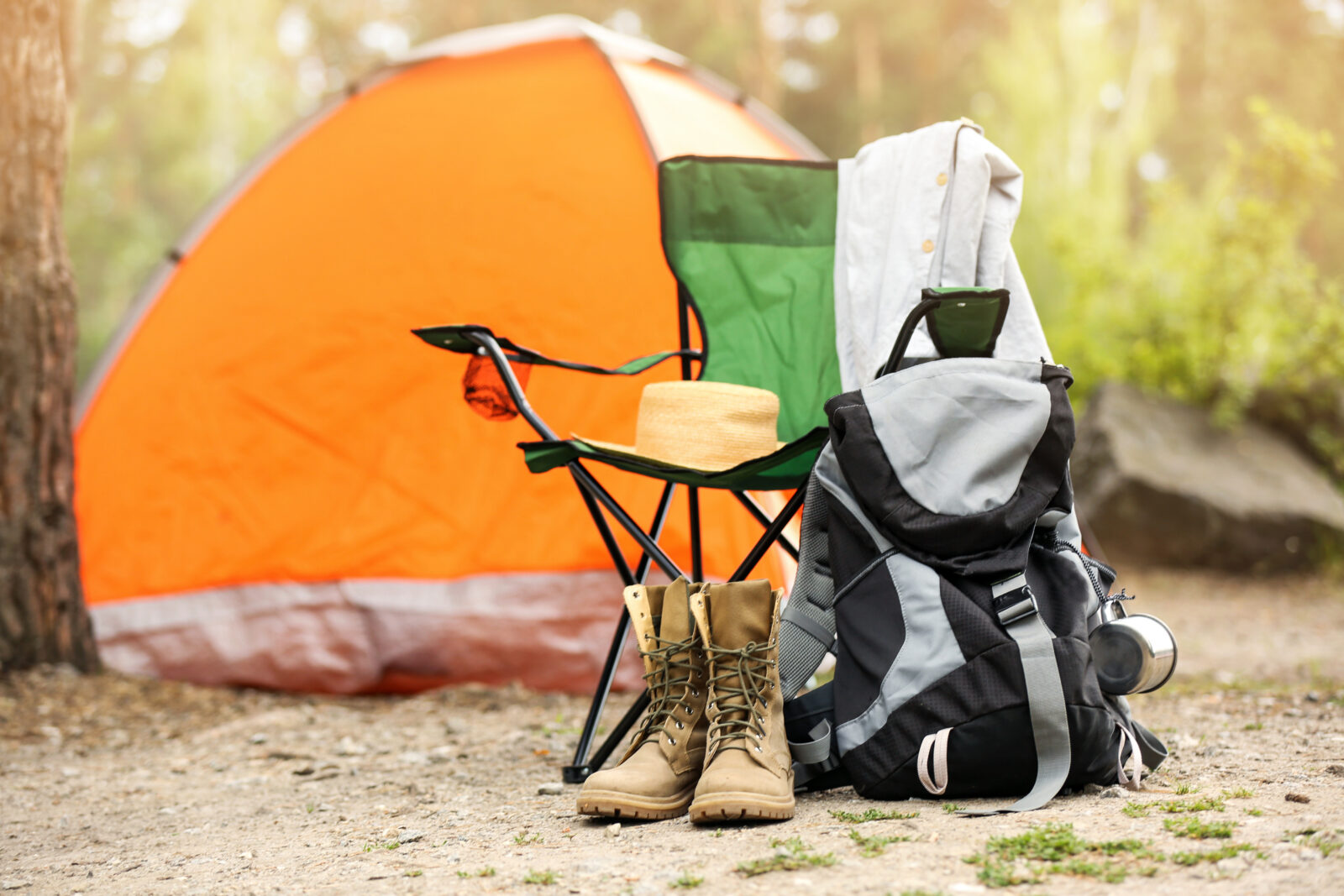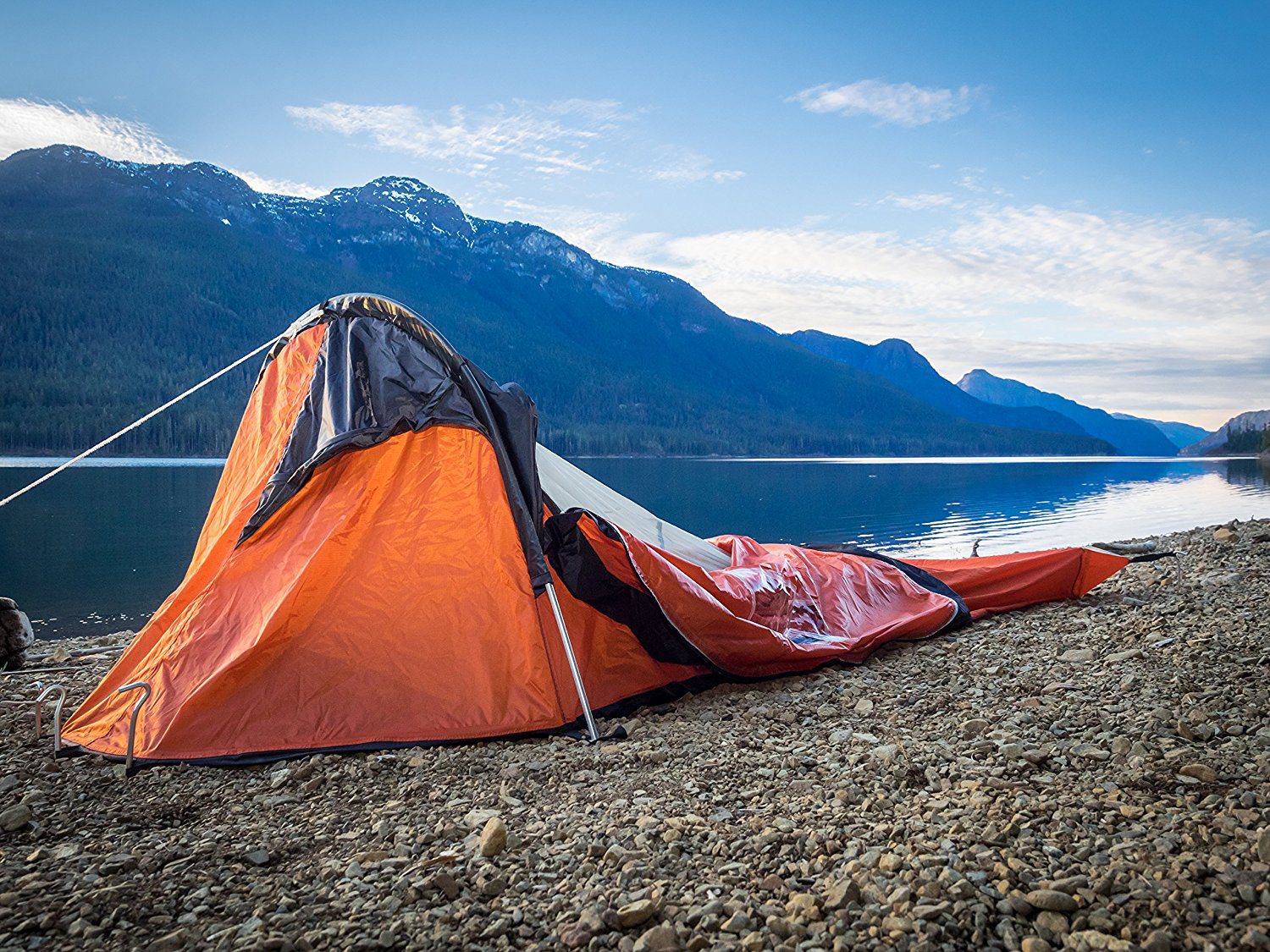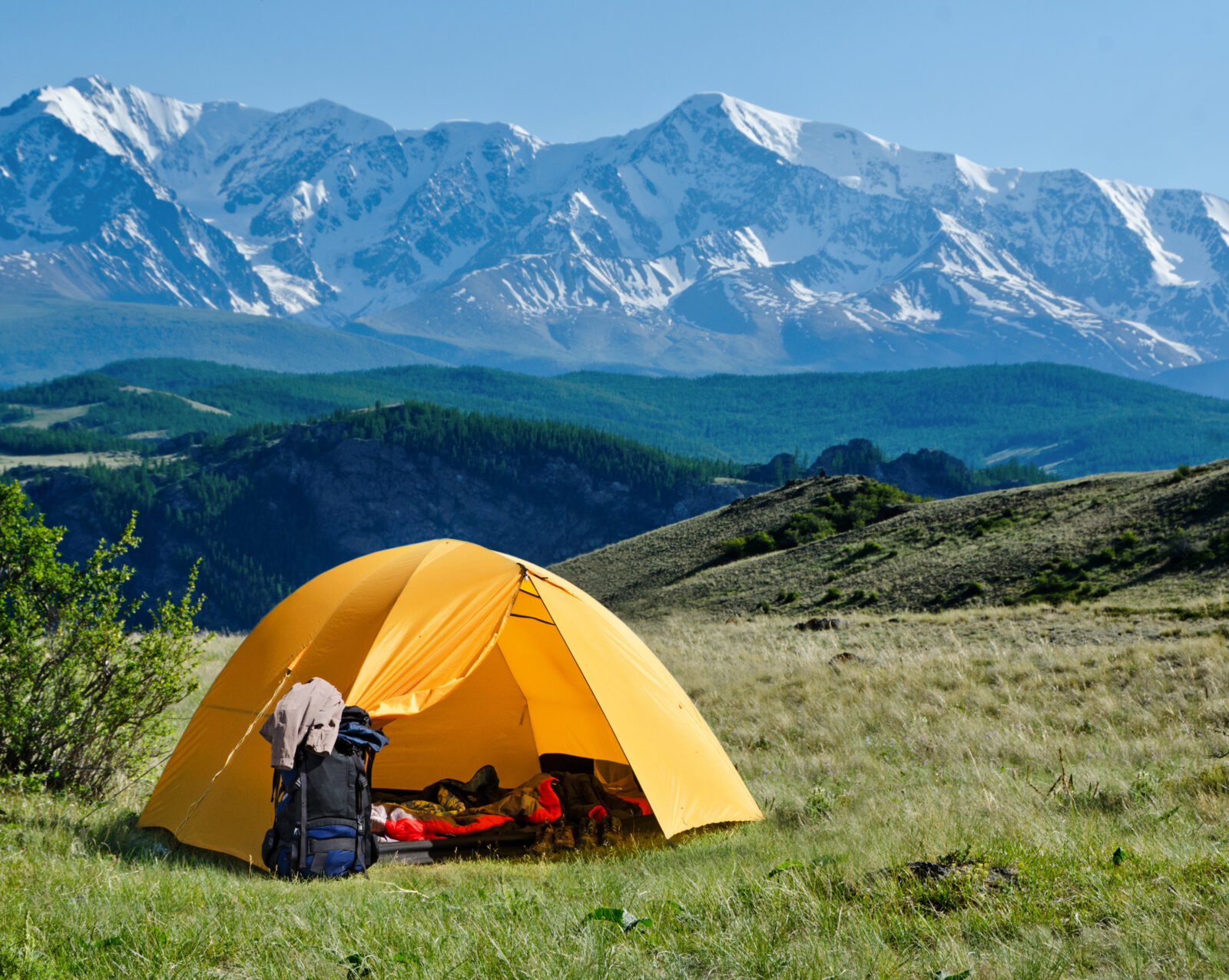The Appalachian Trail is among the world-renowned hikes that are taken on by trekkers and thru-hikers. It is a journey of a lifetime and will take you weeks if you do it in segments and months if you take it on as a whole.
Whatever the case, it isn’t a journey to be taken lightly, and neither is packing for it. You probably have all kinds of questions floating around in your head if you haven’t ever done a thru-hike quite like this before.
Why is packing the right way and with the right items so important for a trip like this?
If you carry too much on your person, you increase the risk of injury on the trail and inevitably slow down your pace.
That is a big deal since you will have quite a few refills stops that you need to hit along the way. Being off by a couple of days can mean going without valuable food or water for an unhealthy length of time. Not to mention, it makes you feel extremely uncomfortable.
If you carry too little in your pack, then you risk death. Yes, that might sound like it took quite a jump. However, there are absolute essentials that you need with you on your trip, and without them, you face some pretty major consequences.
Here are the 17 essential gear to pack when hiking the Appalachian Trail.
1. Backpack
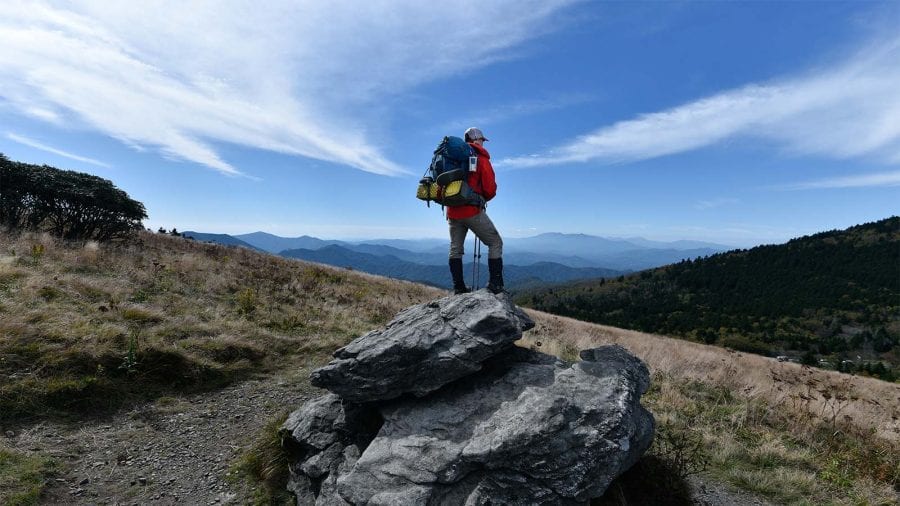
A backpack solidly falls into the category of an essential, and a pretty important one at that. Your backpack is what houses almost all of your gear and keeps you more comfortable, hauling it all with you up and down those mountains.
For a backpacker who wants to do a longer trek like the AT, having a backpack that falls into the range of a 40L to a 65L will probably suit you well. You might get one of these and think that you have packed larger bags for a weekend getaway, but typically, the longer the trip, the more compact the items become.
Internal frame packs are the most common nowadays. You can find a high-quality pack like the Osprey Exos 58 or get a Kelty Redwing if you are looking for a more affordable option.
Read More : How to Pack Light for Your Next Camping Trip
2. Shelter (tent or hammock)
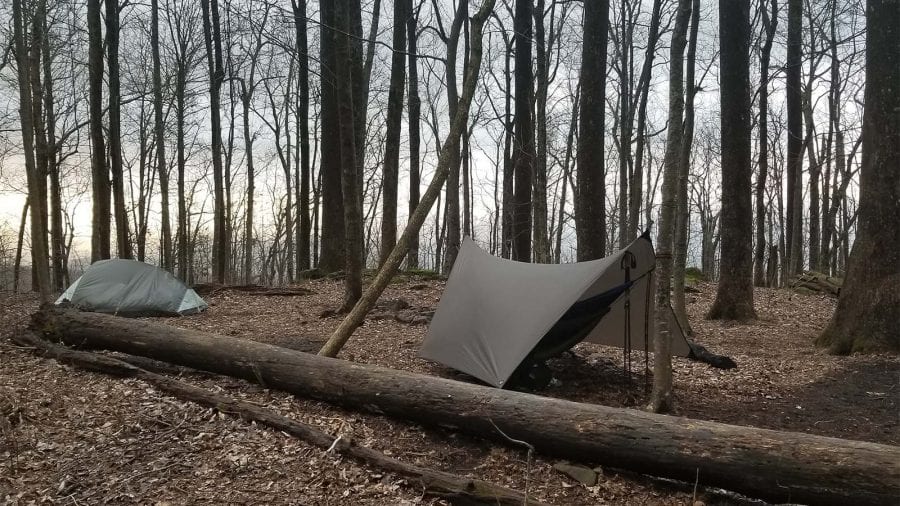
The next important thing is your form of shelter. What you decide to go for depends mostly on your style of camping.
There are many tents on the market that are made for backpacking, like the Nemo Dagger 2. Their key features typically include lightweight and easy to assemble for a quick setup at the end of a long day.
Hint : A lightweight tent is going to be a big asset since it is bound to be one of your heaviest items.
You can go for a hammock tenting experience, which is becoming more and more popular. Try it out before you commit to it on this trip. You can use a hammock with a bug net and a rainfly to complete your setup and keep it safe and weatherproof, like the Kammock Mantis.
3. Sleeping bag
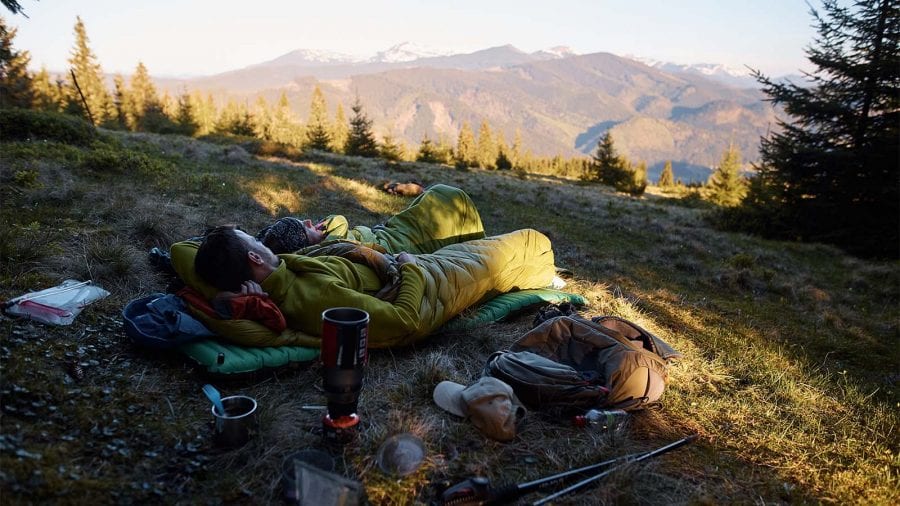
Freezing to death, or at least suffering from intense hypothermia, is a grave danger during parts of the year on the AT. As you get into areas higher in elevation, the temperature begins to drop faster.
A sleeping bag is a 100% essential item on your trip. It needs to be rated lower than the average temperatures you plan to encounter unless the rest of your sleeping system helps to get it there.
The weight of a sleeping bag is also important. Although they can be cheap, it is well worth investing in a high-quality bag to protect yourself and your back during the day. Unfortunately, if you are going to be camping in cooler temperatures, it also means more weight.
Look for bags like REI’s Co-op Trailbreak 30 as an excellent example of an average.
Read More : Sleeping Bag Temperature Ratings Explained
4. Sleeping pad
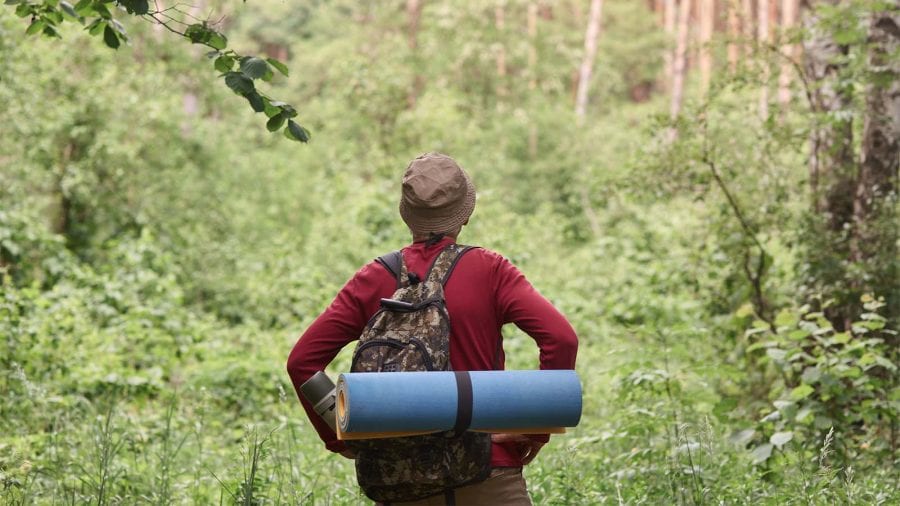
If you want to perform well while you are on the trail, then a good night of sleep each night is essential. Without it, you will feel more sluggish, and your pace will slow down. You might even start to fall ill.
A sleeping pad is regarded as an essential piece of equipment on this trail to ensure that sleep quality. Nobody really gets used to sleeping on the ground in enough time to stop aching and keep going.
There are options for what kind of pad you get, and again, it needs to be lightweight. One pound or less is the goal here.
You can look at foam pads like this highly-rated option from Therm-a-Rest. If you prefer an inflatable one, look carefully since they tend to be less reliable due to the risk of punctures and weigh more on average.
Read More : Sleeping Pad R-Value Explained
5. Guidebook

Books are heavy. Hence, we have invented e-readers, and not many people tend to carry a paperback version around anymore. However, on the trail, an e-reader isn’t an option, and a guidebook is a must.
These books are essential additions to your kit because of the planning and tracking they allow you to do along the way. The whole route is too long to remember every detail. A good guidebook can be the best way to ensure you won’t get lost, even with the GPS systems of today.
There are many options for guidebooks, many of them written by previous AT thru-hikers. Try to find one that is informative and also more recent.
6. Rain gear
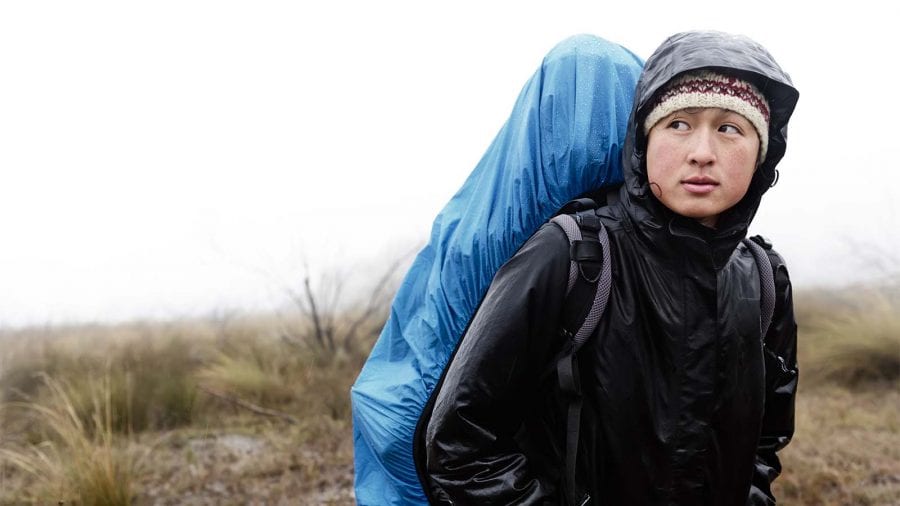
The AT is located along the Atlantic coastline and isn’t known for its desert areas. On average, you can expect a couple of days of rain each week on this trail. If you want to stay healthy and keep all of your gear safe, then it is essential to bring the right items with you.
Items of rain gear that you should include in your pack are backpack rain covers, a durable rain jacket, and rain pants. Even if your backpack is primarily constructed from waterproof material, it is still necessary to use a rain cover. The risk is that if your backpack seeps, all of your gear is compromised.
Ensure that your shoes are properly waterproofed as well, since having wet feet is miserable.
Read More : 15 Tips for Camping in the Rain
7. Jacket or vest
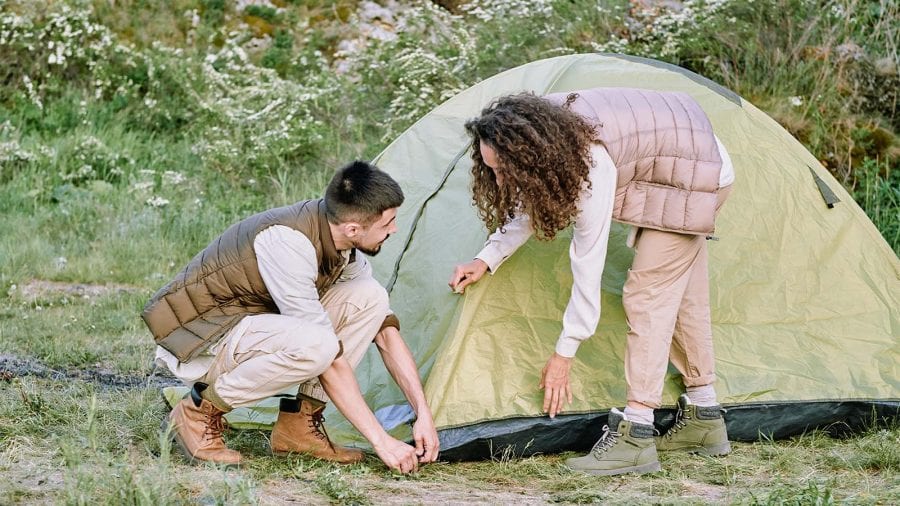
Beyond carrying a rain jacket with you, you also need some kind of jacket or vest to keep you warm. Don’t assume that you feel warm while you hike in cold weather and therefore are in no danger. Prolonged exposure to freezing temperatures can still be extremely harmful, whether you notice it or not.
Our advice is to find a lightweight jacket but warm and packs down to a small size. Down-filled jackets and vests often do this quite well and are effective insulators, keeping you cool in warmer weather and warm in cold weather. It means you don’t have to change in and out of it when it is in those confusing in between degrees.
Read More : How to Layer Effectively for Camping in Cold Weather
8. Footwear
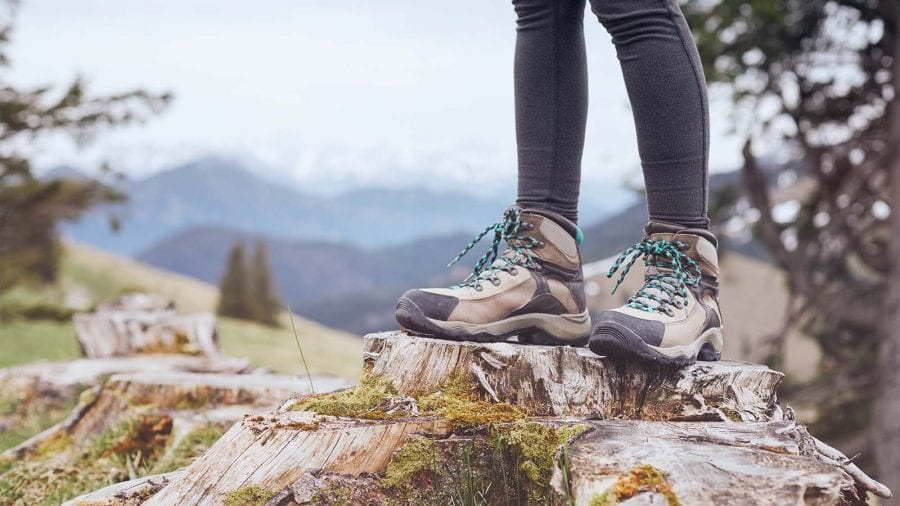
Footwear is another essential, particularly the kind of shoes that you wear on the trail. It is one of the most important items on the list to not only have but to get right. You need boots that are sized appropriately, are durable, and are waterproof, to say the least. When you go to an outdoor outlet store, there are often people there to help guide you through the best choices.
Hiking boots are stereotypically known for being very heavy and made with staunch materials. Although this is getting better, if you do favor the classic hiking boot style, it could be worth looking into trail runners.
Not only do you need good shoes, but you need socks to put on first. On average, it is enough to pack two pairs of socks and cycle through them on your trip. Be aware of their fiber. You never want to use cotton socks since they are a poor insulator. They tend to suck in odors and absorb moisture. Look for synthetic materials or wool.
Read More : How to Prevent Blisters While Hiking
9. Hiking apparel
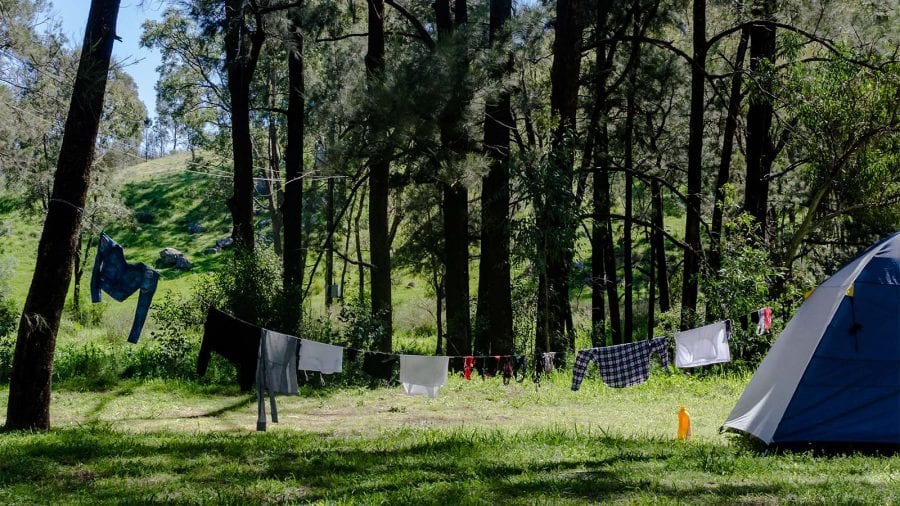
Other than what you wear on your feet, there are essential items for the rest of your body. No one wants to see you walking naked through the woods equipped with boots and a backpack.
It is very important to limit yourself to the amount of clothing you bring. Typically, thru-hikers are minimalists. They bring two pairs of underwear or less, a sports bra, two shirts, and one pair of pants. Although you can choose to bring more, it could be seen as a luxury.
Switching out clothing in your repertoire is the joy of mapping out a route through small towns along the way. Plan the trip in advance to mail yourself packages there and throw out your stinky old clothes for some fresh, new ones.
10. Water bottle & reservoir
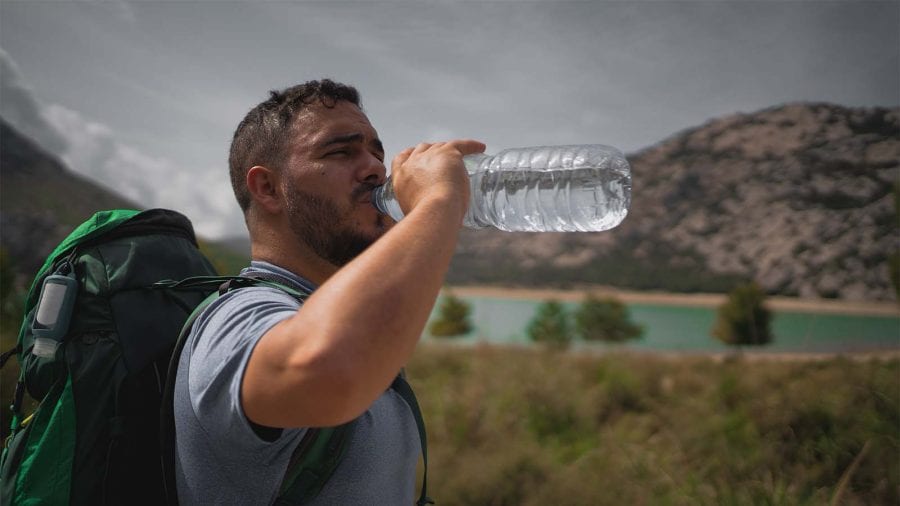
Hydration is yet another of those all-important factors on the trail.
Getting dehydrated is extremely dangerous. No matter how much you want to avoid going to the bathroom, the amount that you sweat out and your body uses will take care of that.
There are a lot of options for ways to carry your water with you. You can bring along a water reservoir to put in your backpack along the spine or bring along a large water bottle.
Read More : How Much Water Should You Bring to Camping?
11. Water purifier
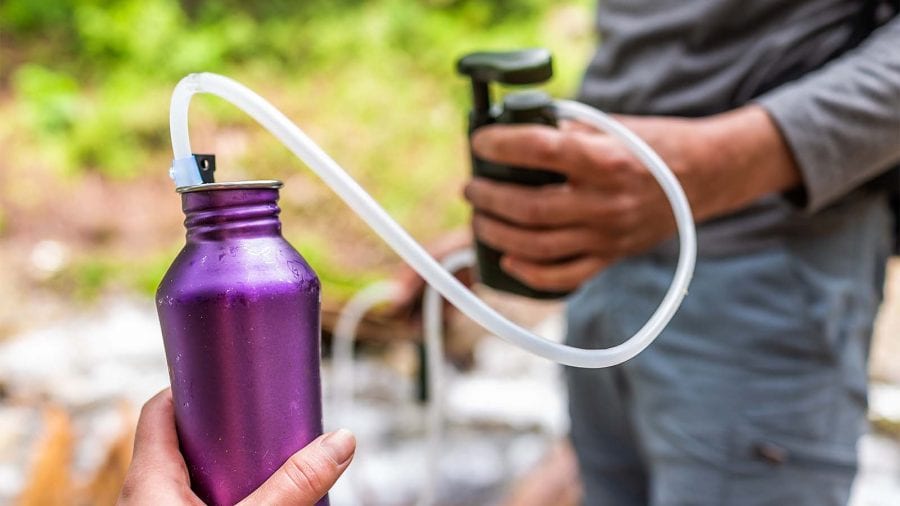
One of the best ways to limit the amount of water you need to carry with you on the trail is to bring along a water purifier. Luckily, there are many waterfalls, rivers, and streams that run through the dense forests along most of the trail.
Some people will say that bringing a water purification system is overkill and that you don’t have to clean the water on the AT. Contracting something like giardia will do more than kill your enthusiasm for the trail, though.
It is much more important to protect yourself than to assume it will be safe and take the risk in the middle of nowhere.
There are options for what kind of system you can use. For instance, certain water bottles include a purifier inside of them. Or you can get an entire purifier system to maximize the amount of water you clean each time.
Read More : How to Purify and Treat Water While Camping
12. First aid and bug management
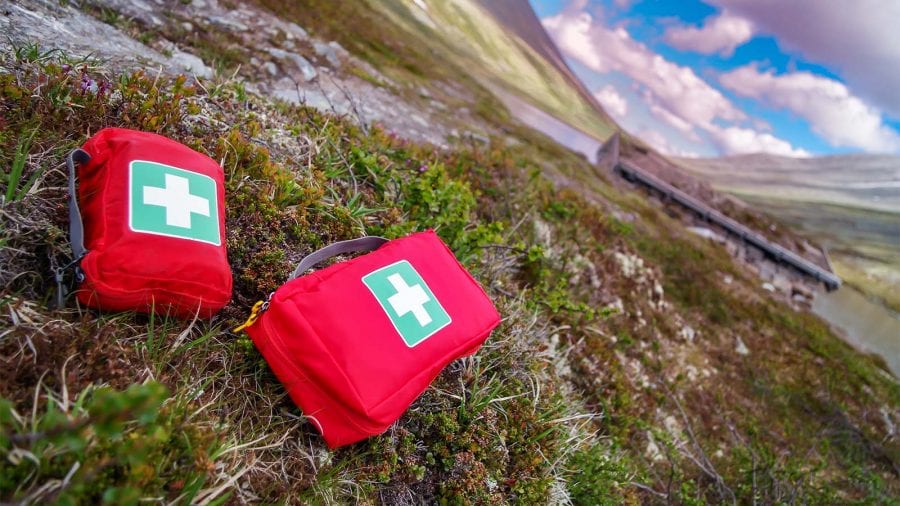
Protecting yourself from sickness and infection is always a high priority, whether you are on or off of the trail.
Pack a basic first-aid kit, don’t overpack it. Include anything extra in it to take care of specialty areas of support that you might need, such as ankle support.
The AT is not known for its bug-free wilds. Getting bitten up by mosquitos or swarmed by gnats could be considered part of the joy of the trip, but you also want to avoid any sickness they carry.
Ensure that the mesh on your tent is secure, and you can even bring some bug spray if you think it is necessary.
13. Hygiene products
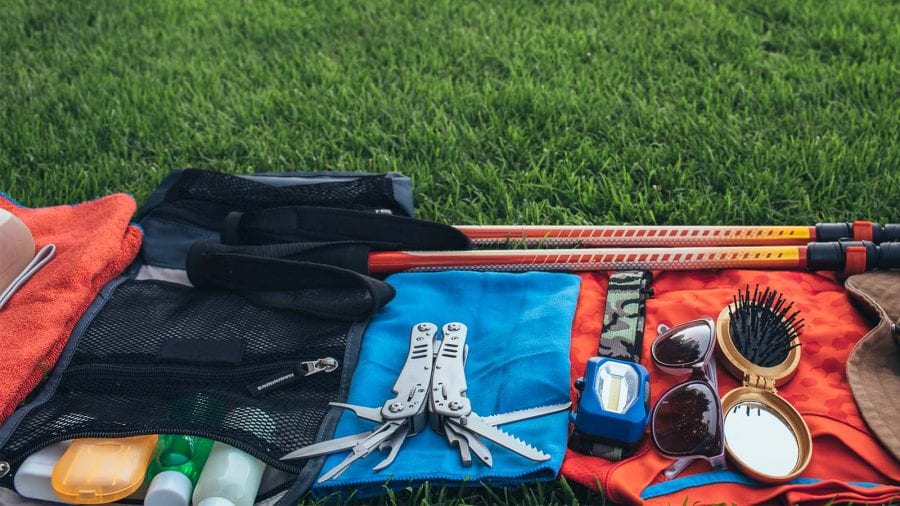
Hygiene products are typically regarded as essential, but this is also where it starts to get into a gray area. It depends on what hygiene products you consider essential. This area is another that people tend to overpack and have to throw things out later.
Try to find things like a mini toothbrush, toothpaste, perhaps some floss, toilet paper, body wipes, and multipurpose soap. Haircare and makeup products are definitely considered overkill in the wild.
Read More : 11 Backpacking Hygiene Tips to Stay Clean
14. Kitchen kit
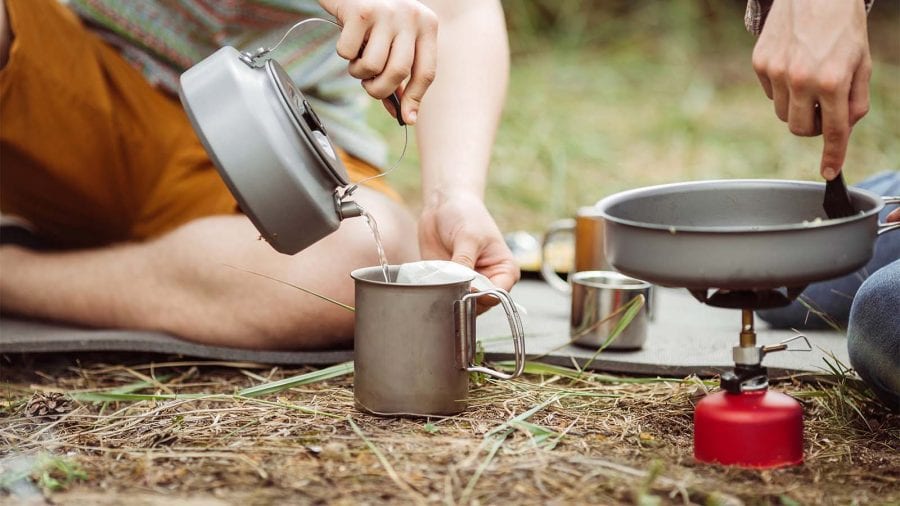
Although it might seem like an essential, your kitchen kit is highly subjective. With the creation of ready-to-go meals that do not need to be warmed up, not everyone brings along a camping stove with them.
However, considering you have weeks to go on the trail, cooking some warm meals is often just what you need after long days of hiking, and most people do bring lightweight camp stoves, a utensil to eat with, and some kind of plate or bowl.
The Jetboil system is a favorite of many but is also a premium option. If you want something simpler and more budget-friendly, opt for something like a GSI Outdoors Camp Stove.
15. Bear protection
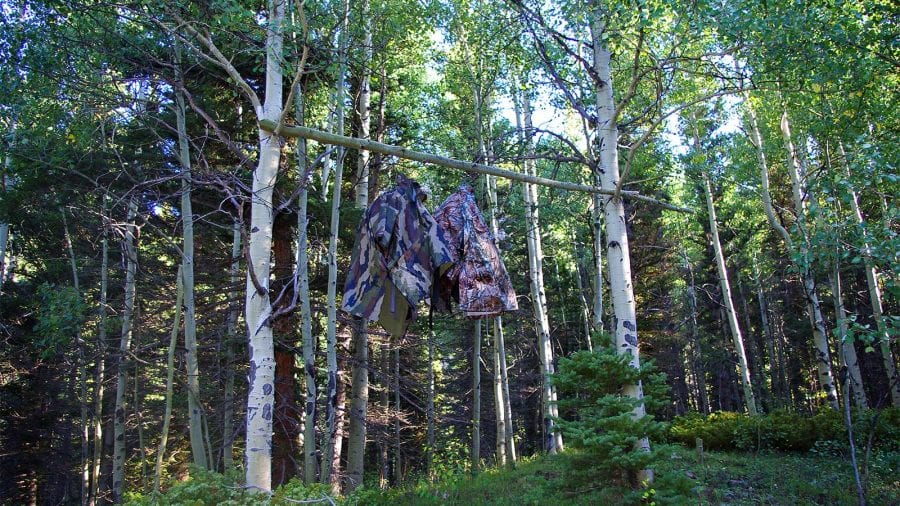
Brown and black bears are prolific along the AT, and although they don’t typically present much of a danger if you are careful, it is best to be prepared. Having some kind of bear rope or sack will keep them away from your food supplies.
You can keep it simple by using ropes to tie up your food high above you in a tree. Practice this beforehand to limit the likelihood it will get stuck. You can also use a product like the Ursack Bear Bag to store your food and keep it from catching their attention.
Read More : Does Bear Spray Really Work?
16. Multi-tool
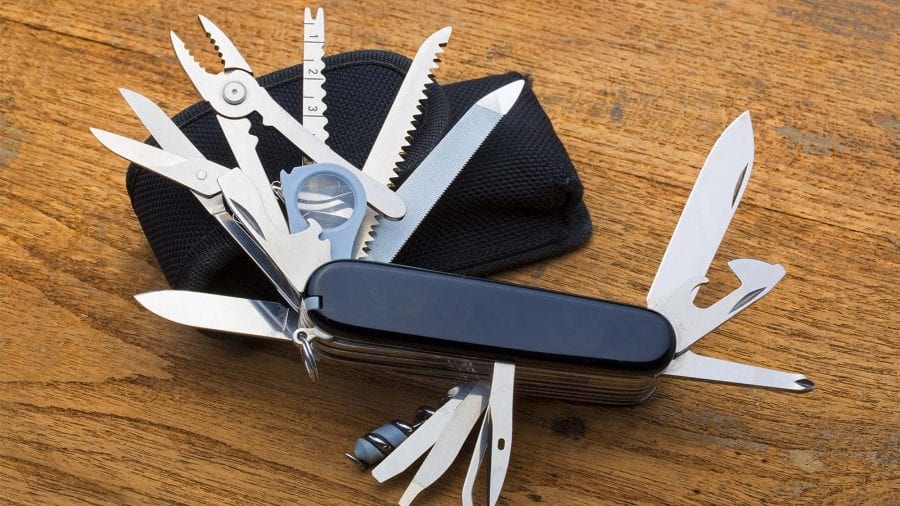
A multi-tool is another item that can be considered non-essential. You aren’t braving the jungles of Vietnam or thwacking through the underbrush in the Congo.
The likelihood is that you need a knife sharp enough to cut through your food packaging, and that is about it. If you already know otherwise, then bring along a tool with options to suit.
17. Headlamp
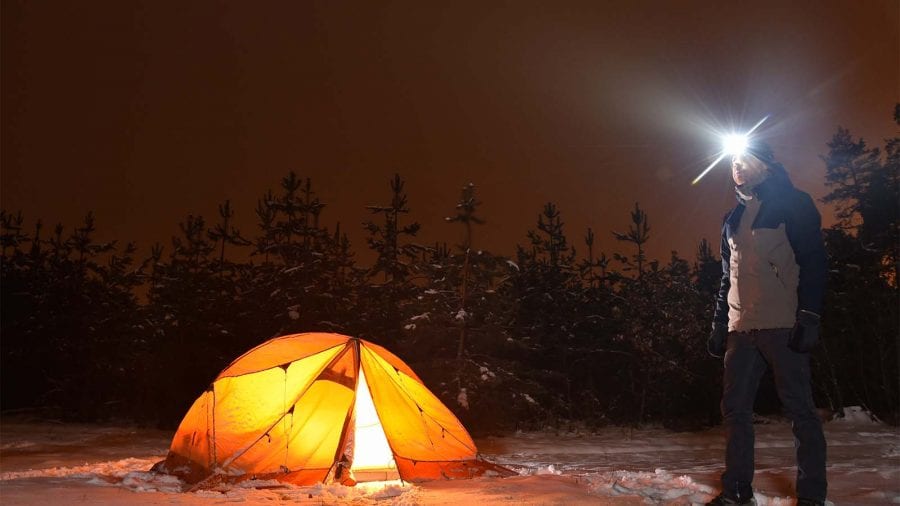
Finally, a headlamp is another optional item. Although it can make life more convenient, you are also likely to spend most of the night hours asleep.
It isn’t safe to continue hiking at night, so typically the day ends during the last hours of dusk if you haven’t previously hit your target location. They do add several ounces, though, at least.
You can find cheap, budget options or go for hardcore headlamps.
Amanda Williams
Amanda Williams is a writer, plant-nerd, and outdoor enthusiast. She has traveled extensively, around the U.S., throughout Asia, Europe, and Latin America. Everywhere she treks, she takes time to enjoy the outdoors. John Muir is her hero. She aspires to inspire people to live better as he did.
